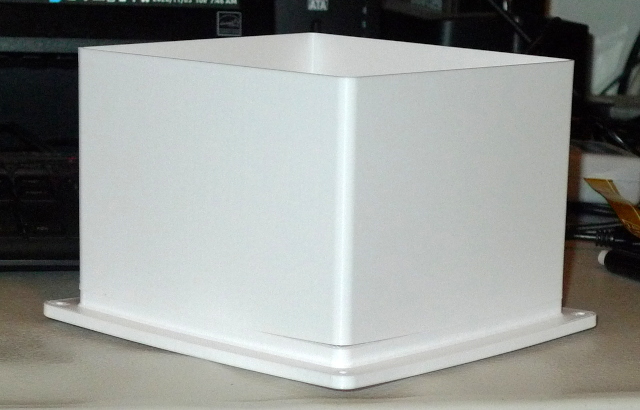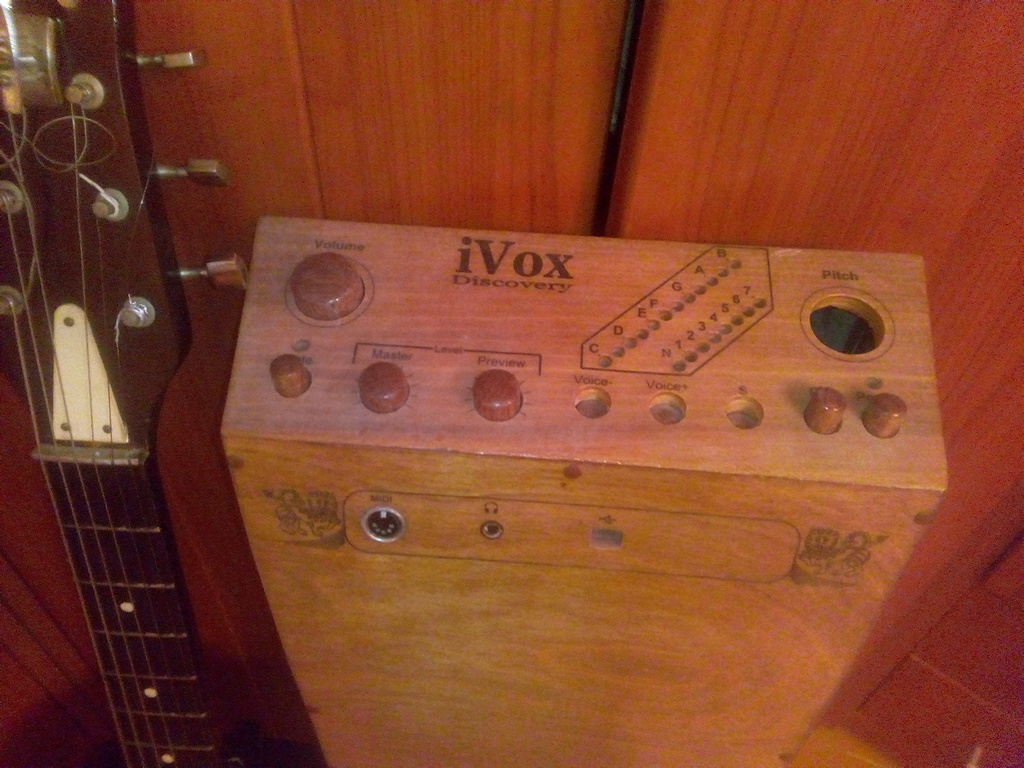Interference Sniffer
If your Theremin is experiencing instability, is the source of it internal or external? Since Theremins respond to tiny changes in environmental capacitance, this can be a difficult thing to know. After eliminating the obvious and coming up short, the next step could be an independent Theremin oscillator with antenna, monitored via delayed scope - it takes a thief to catch a thief. Today I set up an NPN Colpitts oscillator on my bench to see what was going on environmentally. It refused to oscillate without a good quality air core inductor, and was quite obviously disturbed by the D-Lev pitch field (but not vice versa), so this wasn't the best choice, and perhaps I shouldn't have ripped up the NPN differential oscillator from the breadboard to make room for it.
But the exercise made me think about what goes on inside LC oscillators. All use feedback of some sort to sustain the oscillation. Analog oscillators are limited to feeding back whatever they detect directly to the tank drive, and any gain employed can be a real source of internal noise. A DPLL is strictly phase oriented and the feedback forms a first order low pass filter for phase, so it is able to directly attenuate noise to some degree. It is this filtering effect that makes the D-Lev oscillators relatively immune to higher frequency interference. And high LC Q makes them fairly selective about what can fundamentally disturb them in terms of RF. But there are all manner of interferers that are low freqeuncy, like mains hum, local rhythmic current draw, and ground fluctuations, and these are of course able to sneak in under the final low pass cutoff and comb filtering. Some you can deal with, others you can't do anything but try to make as small as possible compared to hand gesture changes in frequency.
It wasn't an entirely fair fight, but it was interesting to directly see the large difference in stability between the bench Colpitts and the DPLL oscillator.
[EDIT] Another advantage of the DPLL approach is the tank stimulus is always there because it is the output of an NCO that never stops. The next cycle doesn't depend directly on some phase feedback of the current phase, but much more indirectly as integrated phase error, so halting / restart issues are quite a bit less likely.




